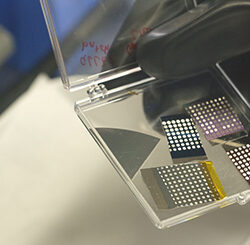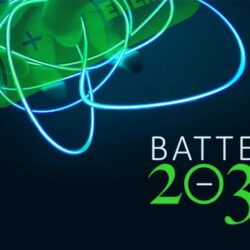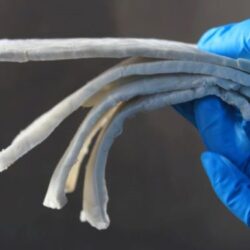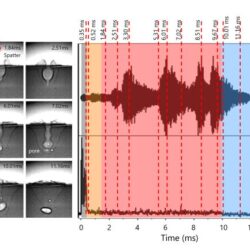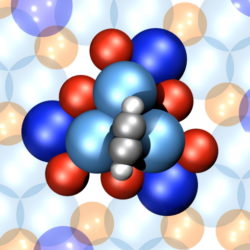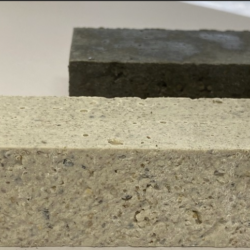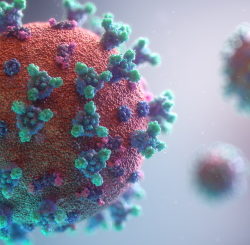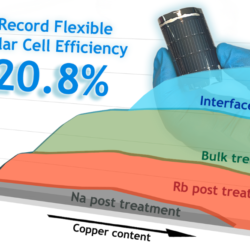Ready-to-wear solar cells
Our hunger for energy is insatiable, it even continues to rise with the increasing supply of new electronic gadgets. What’s more, we are almost always on the move and thus permanently dependent on a power supply to recharge our smartphones, tablets and laptops. In the future, power sockets (at least for this purpose) could possibly Read more about Ready-to-wear solar cells[…]

